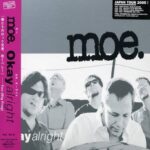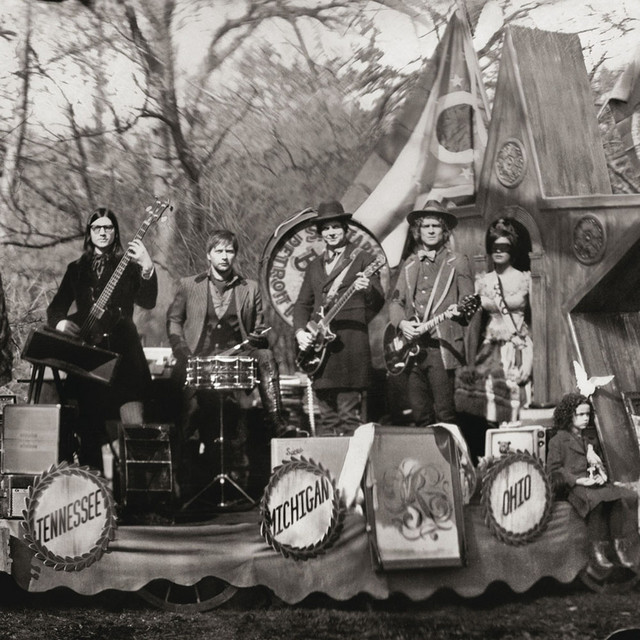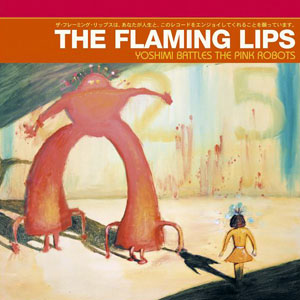“Okayalright” is a track by the American jam band moe. from their 2003 studio album Wormwood. It occupies a peculiar place in their catalogue—not among their most famous songs, perhaps, but one that reflects many of the traits that define moe.: genre fluidity, lyrical ambiguity, instrumental interplay, and a live-music sensibility even in studio recordings. In what follows, I’ll sketch the song’s context, its musical and lyrical features, how it fits into moe.’s evolution, its live performance history, and what it may mean—or leave un-said.
Background & Context
“Okayalright” appears as the third track on Wormwood, released in early 2003 on the band’s own Fatboy Records. The album itself is somewhat unique in moe.’s discography because the band wove together live and studio takes. They captured performances of new material during their summer 2002 tour and then interlaced those with studio work. The result is an album that preserves audience ambiance and a palpable room sound, especially during transitions, while still achieving the polish of a studio release. The song was written by bassist Rob Derhak and runs a concise four minutes and change, a relatively tight runtime for a band often celebrated for sprawling jams.
Musical Features
While moe. songs are often defined more by atmosphere and improvisation than by straightforward pop structures, “Okayalright” still exhibits several elements worth noting.
Song Structure & Flow
At just over four minutes, “Okayalright” sits in the shorter category for moe.: not an epic jam, but long enough to move beyond a simple verse-chorus pop song. The structure is relatively concise, which allows the band to emphasize tight songwriting even as they retain space for instrumental interplay.
Instrumentation
Typical moe. instrumentation is present: dual guitars from Chuck Garvey and Al Schnier, Rob Derhak’s anchoring bass, Vinnie Amico’s drums, and Jim Loughlin’s percussion and mallets. Because the track was drawn partly from live performances, the instruments interact with a looseness that suggests subtle improvisation and a living, breathing arrangement.
Tone & Dynamics
The tone of “Okayalright” is more relaxed than some of the band’s high-energy rockers. There are shifts in dynamics—quieter, more contemplative passages followed by stronger, more assertive moments. The band balances melody and groove, with an undercurrent of tension that resolves itself by the song’s end.
Production & Live Ambience
Because Wormwood was built from live recordings, elements like crowd noise or room echo occasionally bleed in, lending the track a warm, lived-in character. It doesn’t sound raw or unfinished, but it retains the subtle imperfections and spontaneity that make moe.’s live shows so beloved.
Lyrics & Themes
One of the more intriguing aspects of “Okayalright” is that—like many moe. songs—its lyrics are not entirely transparent. The band favors poetic, sometimes indirect images that suggest emotion, passage of time, and inner dialogue rather than literal storytelling.
The title itself hints at ambivalence. “Okay, all right” is a phrase used to reassure, to compromise, or to settle for something less than ideal. Even before the song begins, there is a tension between contentment and resignation. Throughout the lyrics there are gestures toward memory and change, with lines that evoke both optimism and uncertainty. The singer seems to be negotiating with themselves, finding a way to accept life’s imperfections. Because the imagery is impressionistic, listeners can project their own meaning—whether it’s about relationships, the grind of touring life, or simply the struggle to stay balanced in a chaotic world.
“Okayalright” in moe.’s Evolution
Before Wormwood, moe. had already established themselves as one of the key players in the jam-band scene with albums like Tin Cans & Car Tires and Dither. Those records showcased their penchant for guitar interplay, long improvisations, and a restless mix of rock, funk, and progressive influences. By 2003 the band had been together for over a decade, and Wormwood marked a period of experimentation and refinement.
“Okayalright” reflects this evolution. It isn’t a lengthy improvisational vehicle, nor is it a straightforward rock single. Instead it sits comfortably between those poles, offering a carefully crafted melody and arrangement while retaining the open, organic feel of a live jam. It’s a snapshot of a band that had grown confident in both their songwriting and their ability to capture the spark of a performance.
Live Performance & Fan Reception
“Okayalright” has appeared in moe.’s setlists with a consistency that speaks to its enduring appeal. Live versions often stretch slightly beyond the studio runtime, allowing for small instrumental detours and dynamic shifts. Some nights it serves as a breezy interlude between heavier jams; other nights it becomes a sing-along moment that draws the crowd in with its laid-back groove.
Among fans, “Okayalright” is often regarded as a deep cut that rewards attentive listening. It may not be the first song a newcomer hears, but it’s one that long-time followers cherish for its balance of melody and mood. It also functions as a breather during shows—an opportunity for the audience to sway and absorb the band’s subtler side before diving back into the high-energy improvisations that dominate much of a typical moe. set.
While critics focused primarily on the album as a whole rather than individual tracks, Wormwood earned respect within the jam-band community and helped reaffirm moe.’s status as innovators who could successfully merge live spontaneity with studio craft. “Okayalright,” with its approachable length and memorable chorus, played a quiet but important role in that achievement.
Analysis & Interpretation
Because the lyrics remain purposefully open-ended, several interpretations are possible.
-
Reconciling with Imperfection
The repeated assurance of “okay” and “alright” can be heard as a mantra for acceptance. The narrator might be working through disappointment or change, finding a way to settle into life’s uncertainties. -
Memory and Reflection
The song carries a wistful undertone, as if looking back at earlier times with a mix of fondness and melancholy. This is a recurring theme in moe.’s work and resonates with the transient nature of touring life. -
Inner Dialogue
Rather than addressing another person, the lyrics may represent an internal conversation, the singer coaxing themselves toward calm and balance. -
Ambiguity as Strength
By leaving room for interpretation, the band invites each listener to find their own connection. Whether it’s about love, friendship, or simply making peace with everyday struggles, “Okayalright” becomes a personal soundtrack to individual experiences.
Comparison to Other moe. Songs
To appreciate what makes “Okayalright” distinctive, it helps to place it alongside other songs in the band’s catalogue.
-
Compared to sprawling epics like “Recreational Chemistry” or “Buster,” it feels compact and focused, a reminder that moe. can write concise songs without sacrificing their identity.
-
Unlike the high-octane rockers such as “Spine of a Dog” or “Brent Black,” it trades sheer power for a more measured groove and subtle emotional shading.
-
It also differs from tender ballads like “Head,” landing in a middle space that combines melodic warmth with rhythmic drive.
This versatility is a hallmark of moe.: the ability to shift from marathon improvisations to tight, three-to-five-minute songs that still carry depth.
Significance & Legacy
“Okayalright” illustrates moe.’s talent for balancing craft and spontaneity. It demonstrates that the band is more than just an improvisational powerhouse—they can write songs that resonate emotionally while still leaving space for musical exploration. For fans who appreciate the quieter, more reflective side of the band, it’s a gem that stands out even if it never became a signature anthem.
The track also highlights a transitional moment in moe.’s career. By the early 2000s the jam-band scene was evolving, with groups seeking new ways to capture the immediacy of live performance on record. Wormwood answered that challenge, and “Okayalright” serves as one of its most successful fusions of live energy and studio precision.
Conclusion
“Okayalright” may not dominate the setlists or streaming charts, but it captures the essence of what makes moe. special. It’s melodic without being simplistic, contemplative without losing groove, and open enough to invite endless interpretation. Whether heard on a quiet evening through headphones or as part of a sweaty festival set, the song offers a small but significant reminder of the band’s ability to blend musicianship, emotion, and the unpredictable magic of the jam. In the grand tapestry of moe.’s work, “Okayalright” is a subtle but essential thread—one that assures listeners, in its own understated way, that things can indeed be okay and all right.



